Gym Chalk Block: Composition, Manufacture, and Usage
A gym chalk block is a compressed solid form of magnesium carbonate designed to improve grip by reducing moisture and friction on the hands during physical activities like weightlifting, climbing, and gymnastics. This form provides convenience and ease of application compared to loose powder while maintaining the chalk’s primary function of moisture absorption and grip enhancement.
Definition and Composition of Gym Chalk Blocks
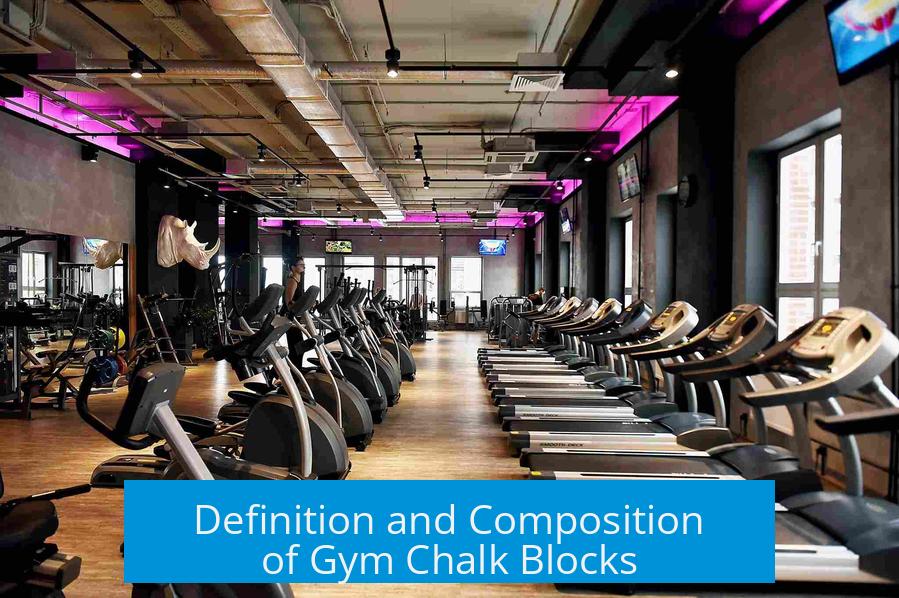
Gym chalk blocks primarily consist of pure magnesium carbonate (MgCO3). This compound absorbs sweat, keeping hands dry and enhancing grip strength. The chalk used in gym blocks is typically pigment-free to ensure purity and avoid skin irritation. Brands such as Markwort Cramer, Bear Komplex, and Rage Fitness highlight the use of high-quality magnesium carbonate for consistent performance.
- Composition: 99%+ magnesium carbonate
- Physical Form: Solid block, typically white
- Weight and Size: Most blocks weigh 2 to 4 ounces (approx. 55g) and measure around 9 cm in size
Manufacturing Process of Gym Chalk Blocks
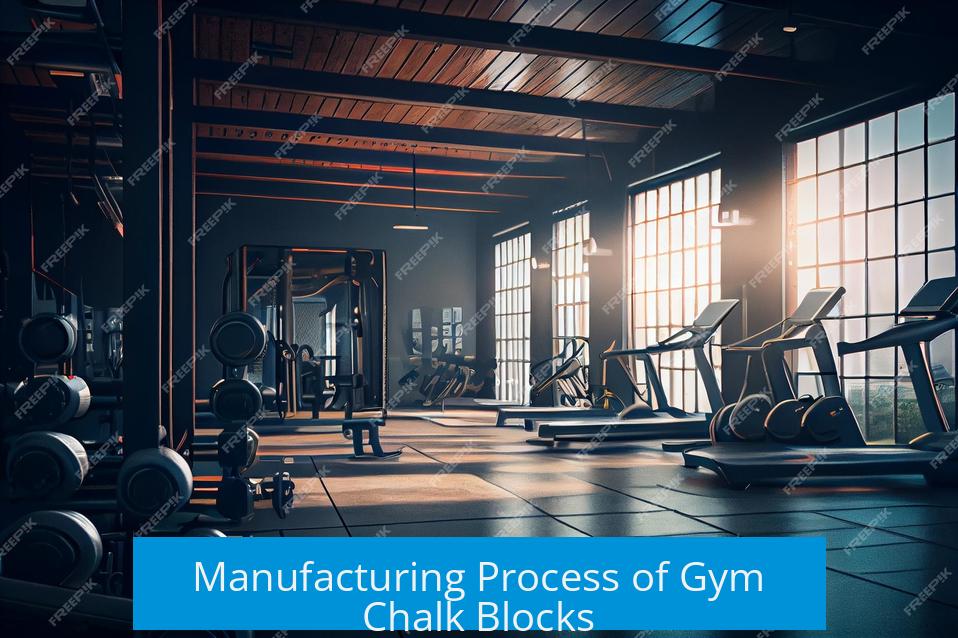
1. Material Preparation
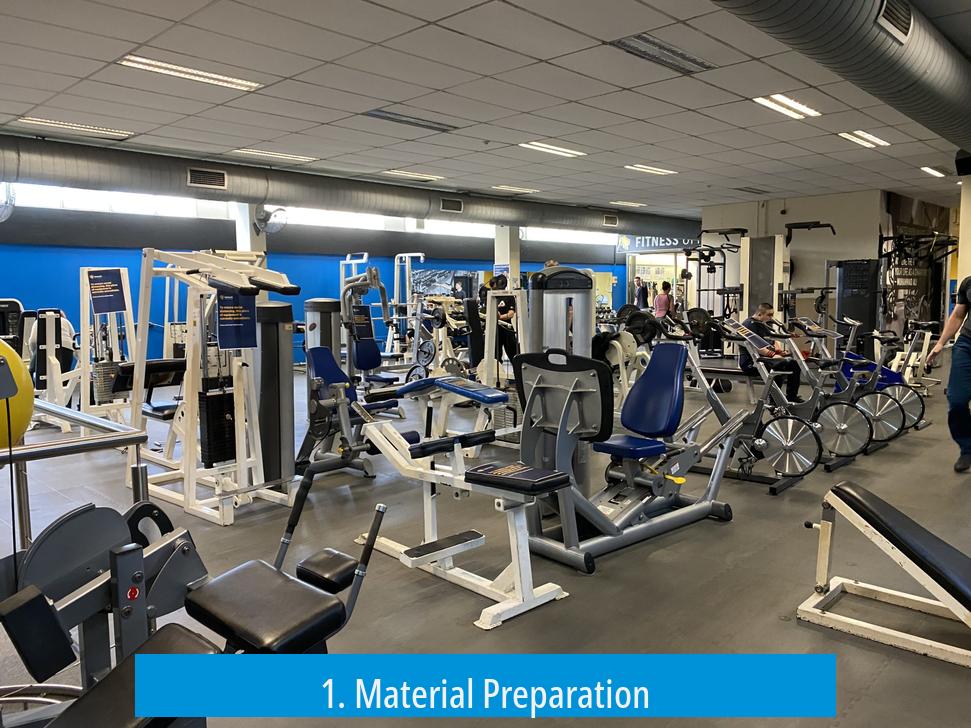
The process begins with drying the raw magnesium carbonate material followed by crushing into a fine powder. Sieving removes large particles and fines, achieving a consistent, fine texture essential for chalk quality. The powdered form is what ultimately transforms into the solid block.
2. Binding and Moisture Control
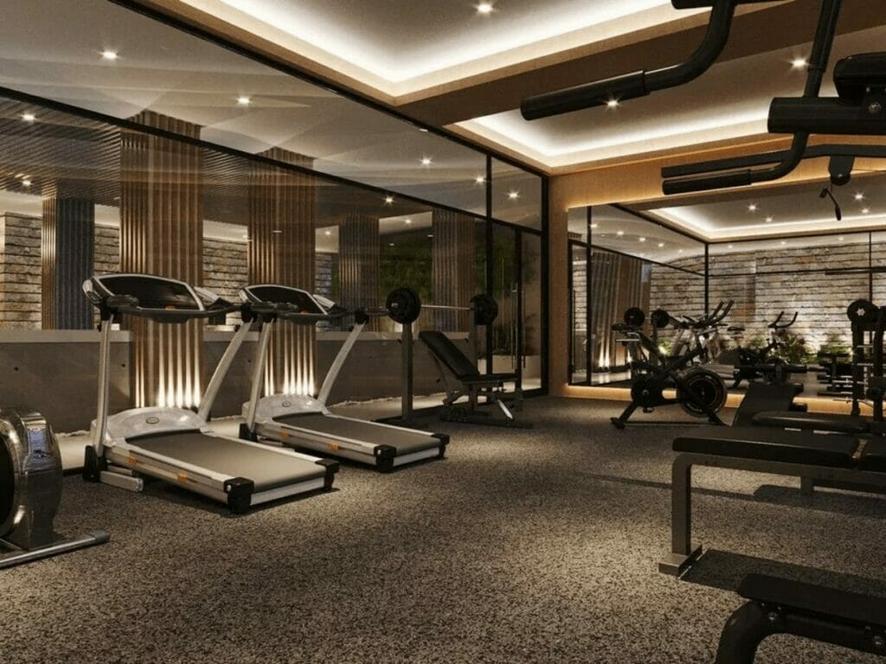
Before molding, a slight amount of moisture is added to the powder to facilitate compaction without creating a solid monolithic mass. Optionally, a small quantity (around 1%) of binders like starch or magnesium oxide can be mixed to improve structural stability. The blend is then gently compressed, ensuring the powder remains readily crushable while forming a uniform block.
3. Compression and Quality Factors
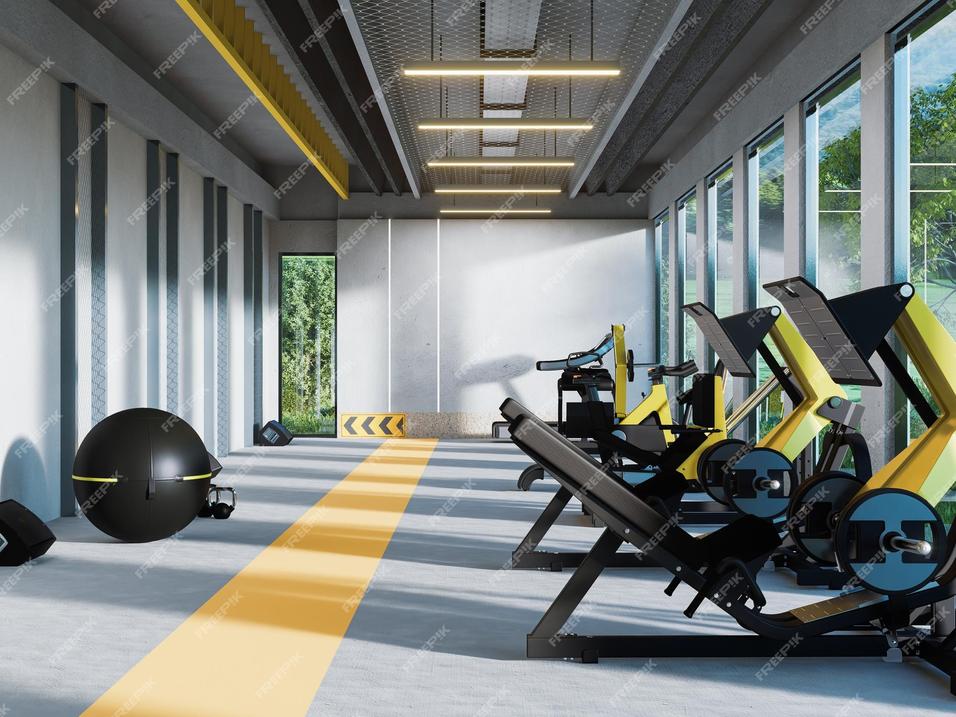
The firmness of the chalk block depends largely on the applied pressure and moisture levels during compression. Higher pressure produces firmer blocks but risks reducing powder releasability. The goal is balance: compact enough to hold shape but loose enough to crumble under gentle pressure during use.
| Step | Process Feature | Impact |
|---|---|---|
| Crushing | Powder preparation | Uniform particle size for consistent chalk quality |
| Moisture Addition | Control moisture content | Improves compaction, prevents block from becoming too dense |
| Compression | Apply pressure to powder | Determines block firmness and usability |
Practical Considerations for Homemade Gym Chalk Blocks
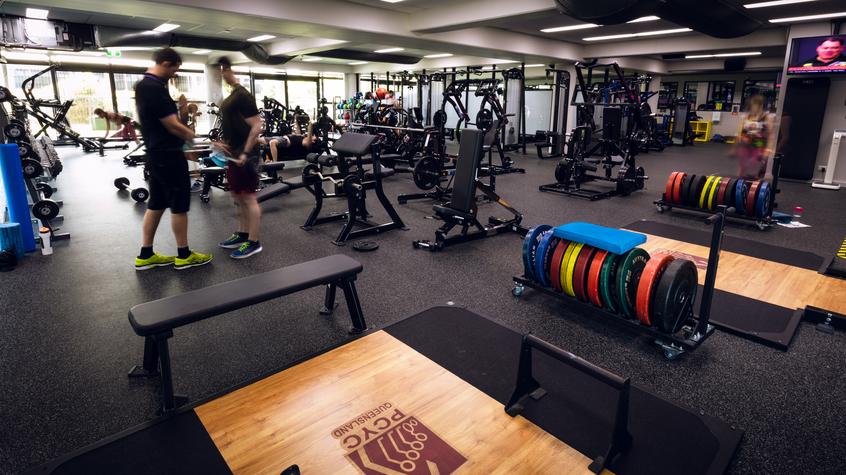
Producing gym chalk blocks at home is challenging. Although theoretically feasible by crushing, moistening, and pressing magnesium carbonate powder, industry-grade quality demands precise control over moisture, pressure, and purity. Replicating this results in inconsistent blocks that may crumble too easily or fail to release powder evenly.
- Homemade blocks likely lack uniform texture and may be brittle.
- Maintaining the right moisture level is difficult without specialized equipment.
- Adding binders at home may be inaccurate, affecting block integrity.
- Overall, the ease and cost of buying commercial gym chalk blocks outweigh homemade attempts.
Usage and Application of Gym Chalk Blocks
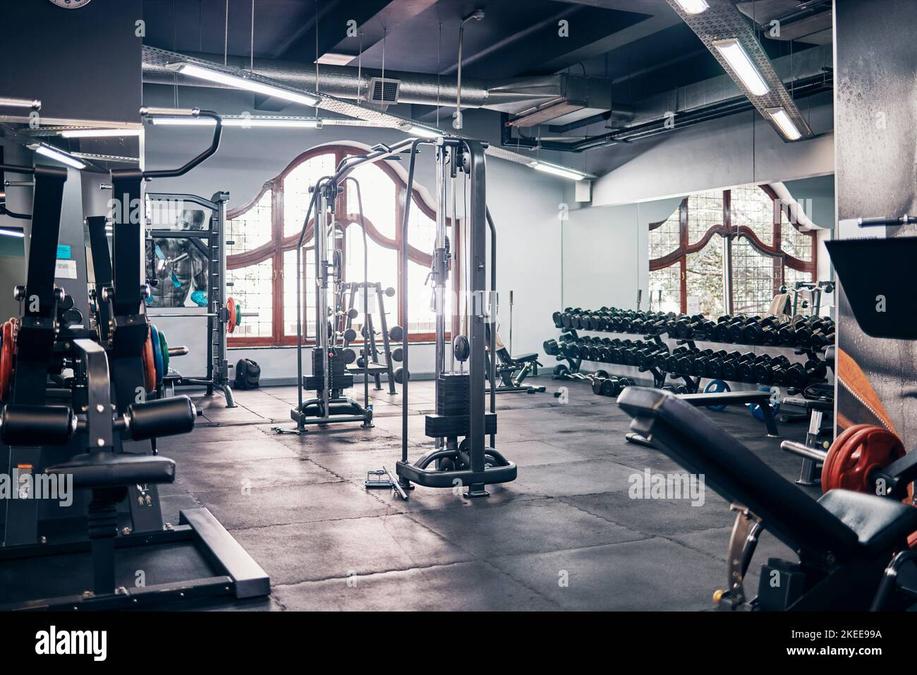
Gym chalk blocks are commonly used in activities where grip is critical. These include:
- Weightlifting and powerlifting
- Rock climbing and bouldering
- Gymnastics
- CrossFit and other high-intensity training
To use, athletes rub the chalk block onto their palms and fingers. This action deposits a thin layer of magnesium carbonate powder, absorbing moisture and increasing friction. Blocks offer controlled application and reduce the mess compared to loose chalk powder. Individual wrapping of blocks also helps keep the chalk dry for long-term use.
Benefits of Gym Chalk Blocks
- Improved grip by reducing sweat and skin slippage
- Reduced risk of blisters and skin tears by maintaining dry hands
- Convenient and less messy than loose powder
- Portable and easy to store – blocks often come in sets or individually wrapped
Popular Gym Chalk Block Brands and Products
The market features a wide variety of gym chalk block brands offering blocks tailored for specific uses. Examples include:
- Bear Komplex: Pure magnesium carbonate blocks suitable for climbing and lifting
- Rage Fitness: Premium blocks focused on grip intensity for powerlifting
- Z Athletic: Chalk blocks popular for gymnastics and CrossFit
- Pinnacle Grip: Competition-grade blocks favored by climbers
- BARACUS: Blocks with engraved logos offering fast application
Most brands sell blocks in packs ranging from 2 ounces to one pound total weight. Selection depends on usage frequency, sport, and personal preferences.
Types and Forms of Gym Chalk
Gym chalk is available in several forms, each with benefits:
| Form | Benefits | Usage |
|---|---|---|
| Block Chalk | Controlled, clean application, portable | Weightlifting, climbing, gymnastics |
| Loose Powder | Finer coverage, more coverage per use | Experienced lifters, gyms with chalk bowls |
| Liquid Chalk | No dust, longer-lasting, dries quickly | Gyms prohibiting powder, beginners |
Alternatives to Gym Chalk Blocks
Athletes may opt for products other than traditional chalk blocks depending on preference and setting. Alternatives include:
- Liquid chalk: A resin-based mixture applied as liquid and dries solid, minimizing dust and mess.
- Loose powder: Magnesium carbonate in powder form allows coverage flexibility but increases cleanup effort.
- Bulk packages: Larger quantities of powder are suitable for gyms and frequent users.
Each alternative offers varying trade-offs in convenience, cost, and application method.
Summary of Key Points
- Gym chalk blocks are compressed magnesium carbonate used to enhance grip by absorbing moisture.
- Manufacturing involves drying, crushing, slight moistening, optional binders, and compressing powder into uniform blocks.
- Producing high-quality blocks at home is complicated and typically inferior to commercial products.
- Blocks offer clean, controlled application preferred in weightlifting, climbing, and gymnastics.
- Several brands supply gym chalk blocks of varying sizes and packaging options.
- Alternatives include liquid chalk and loose powder forms, each suited to different needs.
Gym Chalk Block: The Secret Weapon for Grip and Performance
What exactly is a gym chalk block, and why is everyone from weightlifters to rock climbers obsessed with it? Simply put, a gym chalk block is a solid form of magnesium carbonate designed to boost your grip by drying out your hands and reducing slip during intense workouts. This trusty block serves as the ultimate tool for maintaining control whether you’re deadlifting a beastly barbell or scaling a challenging route.
Let’s dig deeper into what makes gym chalk blocks so effective and how they’re made, why they outperform powders and liquids, and whether crafting your own at home is worth the effort.
The Making of a Gym Chalk Block: From Powder to Pressed Power
You might wonder, “Is gym chalk magic or science?” It’s actually a bit of both.
The process begins with careful material preparation. Manufacturers dry solid magnesium carbonate, then crush it into a fine powder. This powder is sieved meticulously to remove any unwanted chunks or fines, ensuring the consistency is just right. Think of it as preparing fine flour before baking a perfect cake—except this cake is designed to grip like a champ.
Next comes binding and moisture control. The powder gets a tiny splash of water—just enough to hold it together but not turn it into a soggy mess. Sometimes, a subtle 1% addition of starch or magnesium oxide acts as a binder. The goal? To press this power into a uniform, solid block without forming a rock-hard monument. It’s a delicate balance of moisture and force.
The final touch involves compression. Here, pressure and moisture decide the block’s firmness. Too little pressure, and the chalk crumbles easily. Too much, and it might be too dense to crumble effectively during use. This precise compression delivers chalk blocks that reliably break down into perfect grip powder during workouts.
Why Not Just DIY? The Truth About Homemade Gym Chalk Blocks
Feeling adventurous enough to make your own chalk blocks? Fair warning—they’re fussy. Industry professionals use specialized equipment and carefully calibrated processes that are hard to replicate at home. You’ll probably find it tricky to reach the quality of a commercial block, especially in texture and durability.
Even if you master the powder crushing and press it just right, buying chalk blocks remains cheaper and far more convenient. Honestly, unless you’re a DIY chemist with spare time and a pressing machine, stick with store-bought blocks or powders.
From Grip to Glory: The Benefits of Using Gym Chalk Blocks
Why bother with chalk blocks at all? Because understanding benefits makes you appreciate the product behind those chalk clouds at the gym.
- Boosts Grip: Pure magnesium carbonate chalk is superb at drying the skin by absorbing moisture and reducing friction. That means easier, safer lifts and climbs.
- Prevents Slips & Tears: Chalk blocks improve grip strength, significantly decreasing the chance of slips. Weightlifters and boulderers agree — your hands stay secure under pressure.
- Maintains Focus: When your grip feels reliable, your mind can zero in on form and technique rather than worrying about hand slippage.
*Fun fact:* Some top brands like Bear Komplex, Rage Fitness, and Pinnacle Grip craft blocks specifically targeted at different activities—whether it’s weightlifting, gymnastics, or rock climbing.
Types and Brands: Picking Your Perfect Chalk Block
Chalk blocks come in various sizes and qualities. A typical block weighs around 55 grams and fits comfortably in your palm. The packaging is often an 8-pack of individually wrapped blocks for convenience and hygiene. For example, Jenny’s Choice offers a popular White 2oz block in such packaging, which is easy to stash in your gym bag.
Want competition-grade? Pinnacle Grip and Markwort Cramer provide premium chalk blocks that many pros trust. For casual gyms or beginners, brands like BARACUS or ETHOS offer affordable options with engraved logos for a touch of style.
Alternatives: Powder? Liquid? What’s Best?
If chalk blocks feel old-school or inconvenient, there are alternatives. Loose powder chalk gives you flexibility in application though it tends to create more mess. Liquid chalk, a modern favorite, combines magnesium carbonate with alcohol to create a quick-drying layer on your hands, cutting down on dust.
However, blocks hit the sweet spot between durability, ease of use, and longevity. They provide a cleaner experience than powders and stay effective longer than most liquids.
Final Thoughts: To Chalk or Not to Chalk?
So, should you invest in a gym chalk block? Absolutely—if grip and safety are your priorities. Their tested manufacturing methods, material purity, and practical design make gym chalk blocks an unsung hero in athletic performance. They’re easy to use, cost-effective in the long run, and backed by science.
That said, if you want to experiment, starting with powder or liquid chalk might save money and mess. Just remember, replicating those polished blocks at home is a challenge due to their manufacturing precision. Leave the crystal crushing and pressing to the pros and focus on what really matters—crushing your workout!
Which chalk brand or form do you swear by? Ever tried making your own? Drop a comment—I’m itching to hear your chalk tales!
What makes gym chalk blocks different from loose powder chalk?
Gym chalk blocks are pressed magnesium carbonate powder. They hold together better and are less messy than loose powder. Blocks offer consistent application and reduce chalk dust in gyms.
Can I make my own gym chalk block at home?
You can try but homemade blocks usually lack quality. The process requires correct moisture and pressure to bind the chalk powder. Buying commercial blocks is easier and more reliable.
What materials are used to make gym chalk blocks?
Gym chalk blocks mainly use pure magnesium carbonate. Some manufacturers add a small amount of starch or magnesium oxide as a binder. The chalk is pressed into solid blocks without fully dissolving it.
How do gym chalk blocks improve grip?
They absorb sweat and moisture on hands. This reduces slip and friction during lifts or climbs. The solid block form allows quick, even application on skin for secure grip.
Are there different sizes or brands of gym chalk blocks?
Yes, blocks vary in size and weight, commonly around 55 grams each. Popular brands include Bear Komplex, Jenny’s Choice, and Rage Fitness. Many come in multi-packs for convenience.


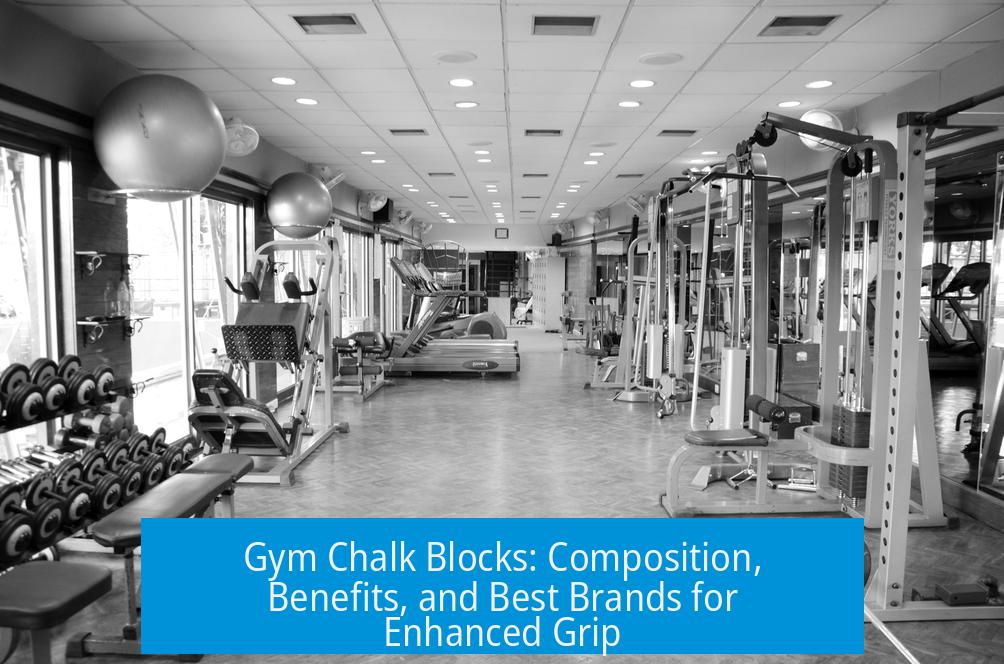
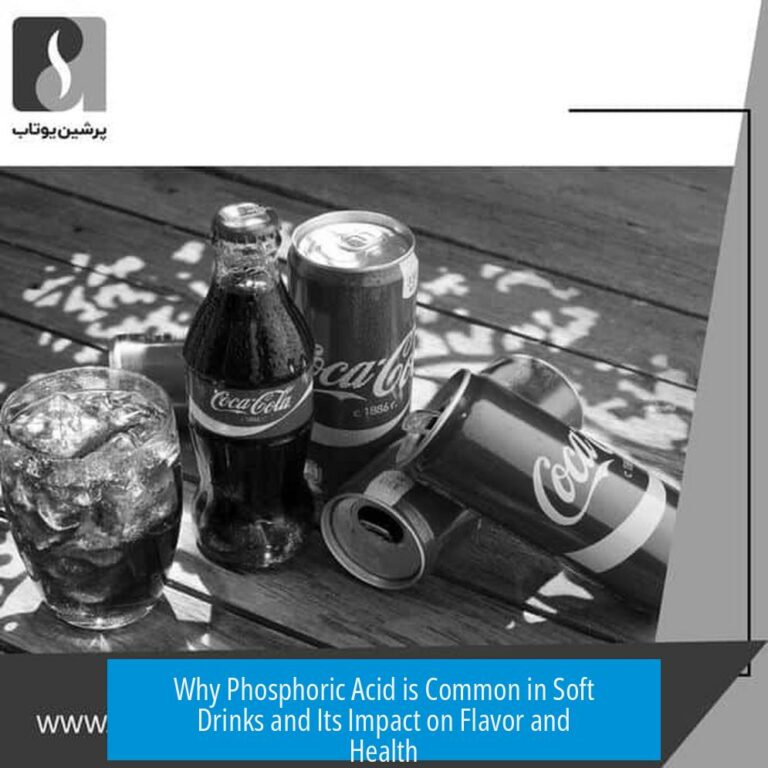
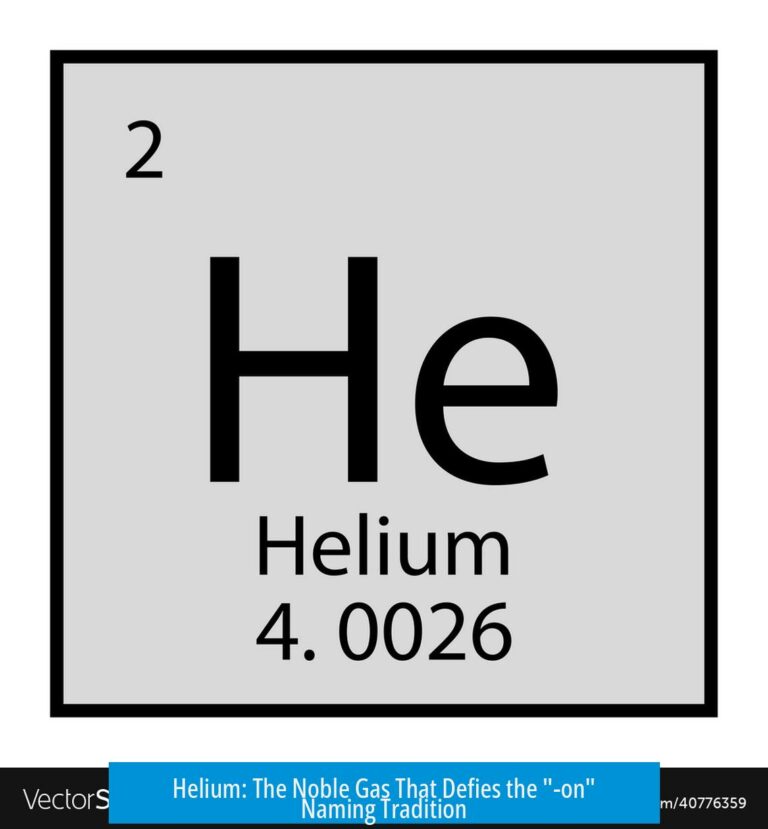
Leave a Comment